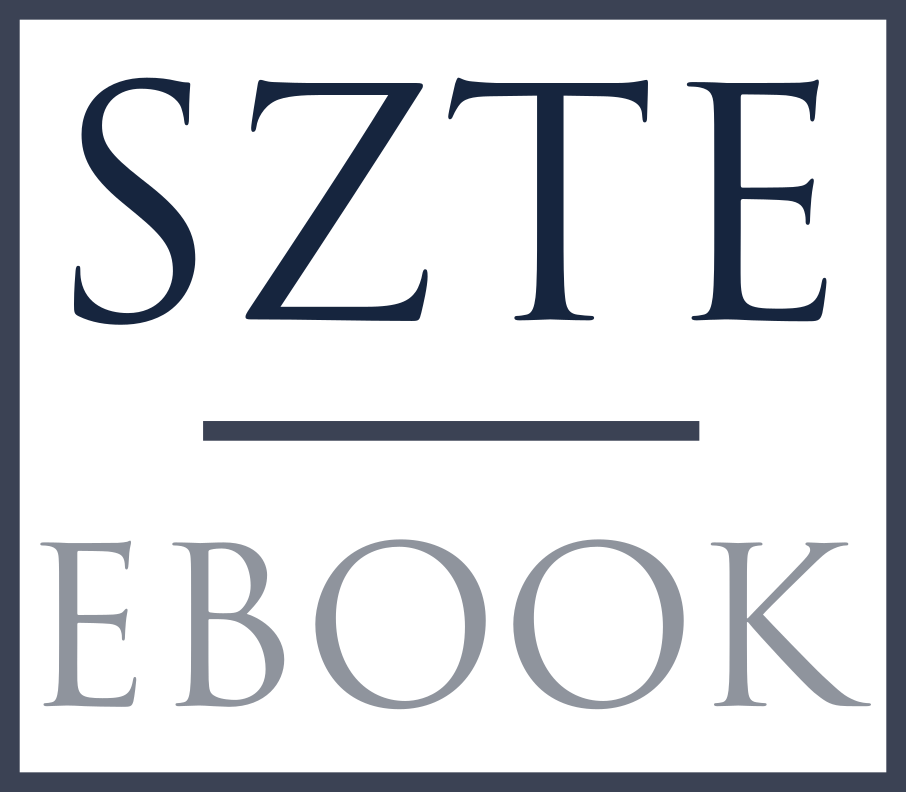The relationship between macroeconomic factors and non-performing loans (NPLs) in Lao PDR: An application of the Vector Error Correction Model
Synopsis
The role of the banking sector in driving economic development cannot be understated. Its stability is a critical factor that sets the pace for economic progress. Among the various indicators of financial stability, non-performing loans (NPLs) held by banks hold particular significance as they reflect asset quality, credit risk, and the efficient allocation of resources to productive sectors. NPLs have indeed been a subject of concern for the banking sector, with their prominence intensifying, especially after the 2008 financial crisis. This study investigates the relationship between Macroeconomic factors and non-performing loans in Lao PDR. The secondary data of four variables, namely, Interest Lending rate, CPI-Inflation, Nominal exchange rate, and Money supply from the first quarter of 2012 to the last quarter of 2021 have been collected in order to analyze the long-term relationship among economic factors and estimate the short-term adjustment toward the long-term equilibrium level. The Vector Error Correction Model (VECM) is applied to measure short-term adjustment toward the long-term equilibrium level. Based on the estimation results of the Vector Error Correction Model, two variables have a positive and significant effect on long-term non-performing loans, namely, lending interest rate, and money supply, and a significant inverse relationship with inflation, and exchange rate. Meanwhile, in the short term, only lending interest rates have a significant effect on non-performing loans.
Keywords: Non-performing loans, macroeconomic, Johansen Cointegration, Vector Error Correction Model


